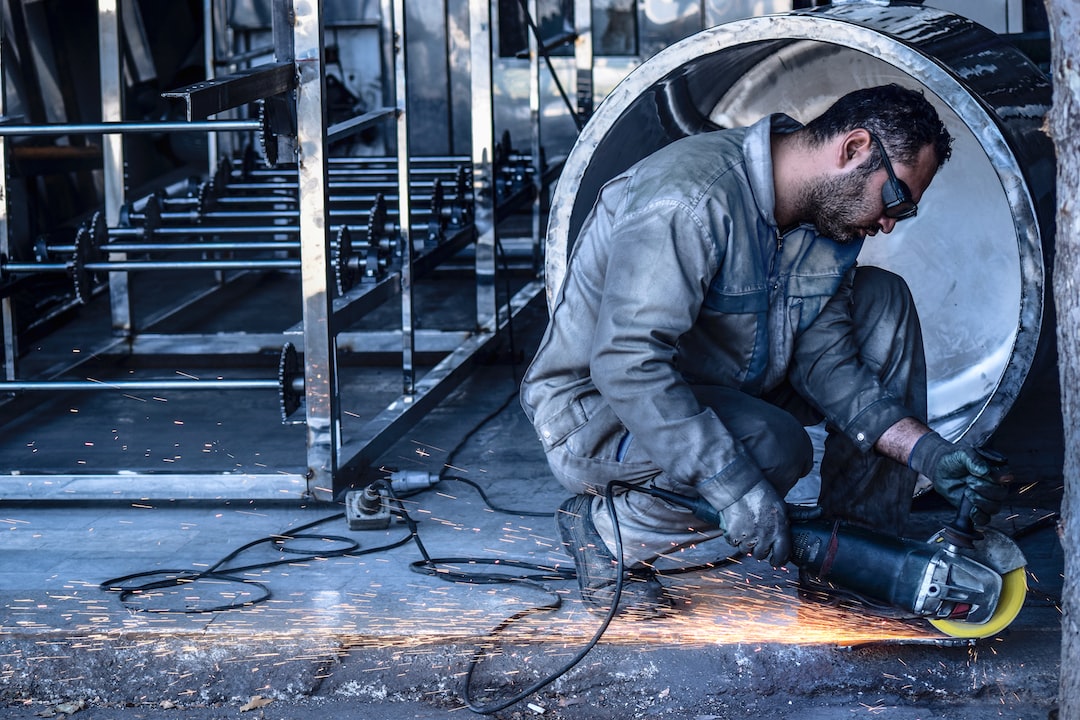The Role of Virtual Reality (VR) and Augmented Reality (AR) in Manufacturing
Technology has the remarkable ability to revolutionize and enhance various industries, and manufacturing is no exception. The emergence of Virtual Reality (VR) and Augmented Reality (AR) has brought about a new era in manufacturing, providing endless possibilities for design, production, training, and collaboration. In this blog post, we will explore the role of VR and AR in manufacturing, and how these technologies are shaping the future of the industry.
Virtual Reality (VR), as the name suggests, creates a complete virtual environment that immerses users in a computer-generated world. This technology has found numerous applications in manufacturing, starting from the design phase. VR allows engineers and designers to create 3D virtual models of products and interact with them in a realistic way. This enables them to visualize the product in real-time, identify any flaws or design issues, and make necessary adjustments before the physical production begins. By using VR, manufacturing companies can save a significant amount of time and resources, as they no longer need to build physical prototypes for testing purposes. This not only expedites the design process but also minimizes the chances of error and ensures a higher level of precision.
Moreover, VR has also become a valuable tool for training and skill development within the manufacturing industry. By creating virtual environments that replicate real-world manufacturing facilities, VR allows workers to execute tasks and practice procedures in a safe and controlled manner. This immersive training experience enhances employee skills and confidence, reducing the learning curve associated with traditional training methods. Additionally, VR can simulate potentially hazardous scenarios, providing workers with the opportunity to learn how to handle emergency situations without putting themselves or others at risk. This not only improves safety measures but also ensures a more competent and efficient workforce.
On the other hand, Augmented Reality (AR) enhances the real world by overlaying digital information in the form of images, text, or virtual objects. AR technology is gradually finding its way into the manufacturing sector, offering manufacturers unique solutions for various challenges. One significant application of AR in manufacturing is remote assistance. By wearing AR-enabled devices, technicians can connect with experts who can guide them through complex tasks or troubleshoot issues in real-time. This eliminates the need for experts to travel to different locations, saving both time and expenses. AR assistance also reduces the risk of miscommunication, as technicians can see instructions and annotations directly overlaid on the physical equipment they are working on, improving accuracy and productivity.
Another area where AR proves beneficial in manufacturing is through the use of digital work instructions. By utilizing AR headsets, workers can receive visual instructions directly in their field of view, eliminating the need for paper manuals or relying on memory. This enhances efficiency and reduces errors, as workers have easy access to step-by-step instructions and can visually confirm the correct process for different tasks. AR-powered work instructions also allow for real-time feedback and quality control, ensuring that products are manufactured according to specified standards and minimizing defects.
Beyond design and training, VR and AR also contribute to collaboration and communication within the manufacturing sector. These technologies enable multiple stakeholders, irrespective of their geographical locations, to connect and interact seamlessly in a shared virtual space. Designers, engineers, and manufacturers can collaborate in real-time, discussing ideas, making modifications, and solving problems together, even if they are physically distant. This not only speeds up the decision-making process but also enhances efficiency and innovation, as experts from different locations can contribute their unique perspectives. Furthermore, VR and AR can also facilitate virtual product demonstrations or trade shows, allowing companies to showcase their products to potential clients without the need for physical prototypes or travel.
In conclusion, Virtual Reality (VR) and Augmented Reality (AR) have ushered in a new era in the manufacturing industry, redefining various aspects of design, production, training, and collaboration. VR technology offers immersive design experiences, reduces prototyping costs, and enhances training effectiveness. AR, on the other hand, enables remote assistance, improves productivity through digital work instructions, and fosters collaboration among stakeholders. As these technologies continue to evolve and become more accessible, their role in manufacturing will only expand further, driving innovation and efficiency in the industry. Embracing VR and AR is no longer just an option for manufacturers, but a strategic move towards staying competitive and unlocking the full potential of their operations.

